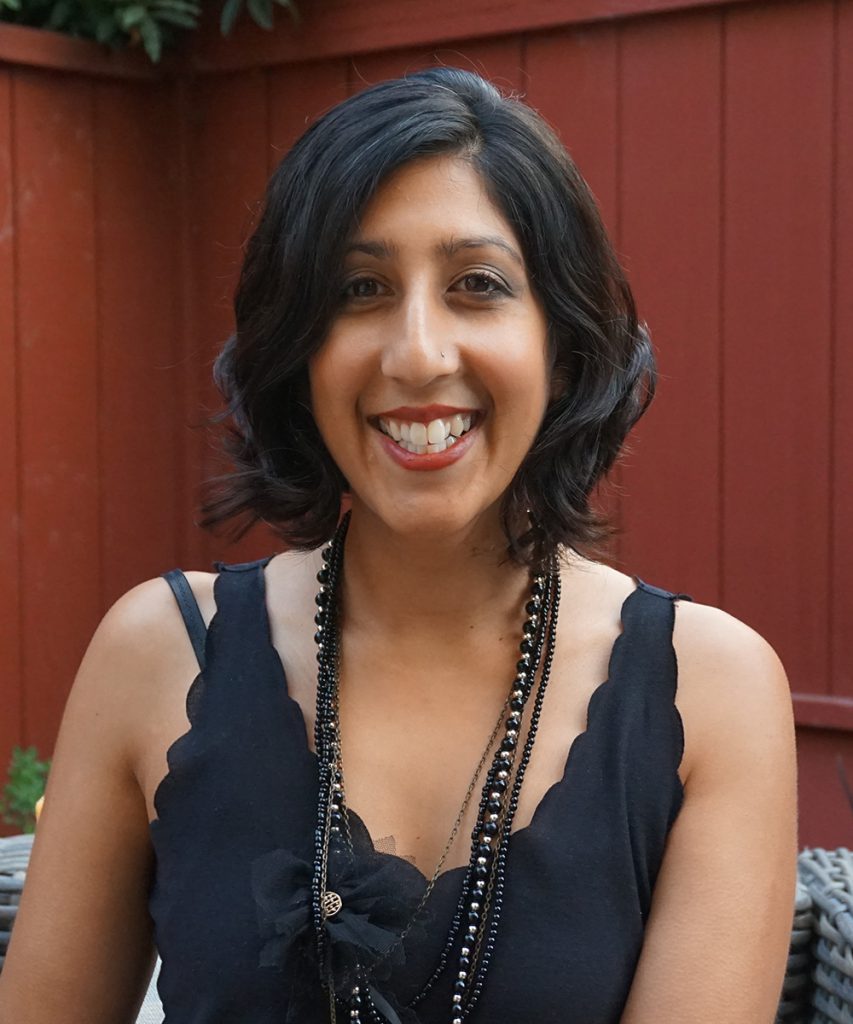This month, we’re asking all community engagement professionals within science to complete our state of scientific community management survey. The survey’s intended to determine the variety of community-building roles that exist within science, and is the first activity of our Community Engagement Fellows program. We’ll be sharing a report of the survey results once we’ve analyzed them.
But just who are the scientific community engagement professionals? To help answer that question we’re running a series of Q&As with people in existing community-building roles. If any of these stories resonate, please do take 15 minutes to complete the survey! The more input we have to the survey, the more detailed our view of the overall landscape will be.
Today we’re featuring Shaila Kotadia:

Thank you for agreeing to speak with us about your work as a scientific community engagement manager! Could you introduce yourself to our readers? Tell us a little bit about yourself and the community you manage.
Hi! Technically I’m not officially a scientific community engagement manager but a lot of my job overlaps with that title. My official title is Education, Outreach, and Diversity Manager for the Synthetic Biology Engineering Research Center (Synberc) headquartered at UC Berkeley. I have had the pleasure of this role for the past two years and will be completing the position soon. Synberc’s community consists of science and engineering researchers, industry professionals, educators, and policy practitioners.
What was your path to community management? Were you trained as a scientist or did you come by another route?
I was trained as a scientist. I went to grad school and completed a postdoc. I was on the faculty track. From various experiences and other opportunities arising, I decided to step off of the academic path. Prior to Synberc, I conducted a policy fellowship. However, I would say that community management is probably something I started experiencing during my research career through running programs and being a part of different organizations related to the research community.
Can you describe the key responsibilities of your role? What does an average week look like for you at the moment?
Just like in research, no two weeks (or days) are the same! Some days I work with artists and dancers, other days I am working one-on-one with students, other days I’m reading about new advances in education, diversity, and public engagement, and so on. My main tasks consisted of running summer research internship programs for underrepresented high school and undergraduate students and teachers are underresourced schools. Throughout the year, I ran and built new diversity and inclusion programming. I also ran public engagement programming that ranged from dancing science to painting with pipettes to conducting social media campaigns.
Do you share the task of managing your community with anyone else – and do you belong to a team or wider group working on the project?
I work with other Synberc staff, Synberc’s Student and Postdoc Association; I have organized steering committees of staff, students, and postdocs both internal and external to Synberc; part of our diversity efforts includes diversity fellows; our education programs are built around partnerships – all of these individuals are wonderful in working together to essentially manage small and large communities targeted towards different goals. It would not be possible to bring people together without the many teams and groups that I work with.
What is the biggest challenge you have faced as a scientific community manager? Are there ways in which your role could be made easier – such as professional development opportunities or something else?
The biggest challenge is being thrown into projects or starting projects in territory that is new. It’s a lot of trial and error and in the beginning, working on your own without partners, there are many unknowns. Also, working on education, outreach, and diversity, at times it can be difficult to find many individuals within the scientific community that want to be involved in these activities. I have had some professional development along the way and in retrospect, some of it would have been excellent early in my position. Having a sound perspective on how to design and implement programming in a scalable and sustainable way is so crucial to building a strong community.
And zooming out a little, why do you think community engagement important to science? How have you seen active management improve your community?
Any community that is strong and works well together is going to progress further. Adding different perspectives, being respectful of each other’s viewpoints, working together towards a common goal, etc. is so important to any community. In science (from Synberc and my own research experiences), I find that it’s useful to achieving research directions and for collaboration. For my programming, I find that it’s useful for interacting with the public and inspiring future scientists from diverse communities. In addition, within my own programming, when our internal team is itself a community, we definitely have a more positive effect on the community we are serving; regardless of if they’re researchers, students, or the public.